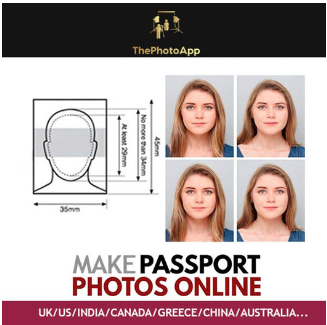In this thought-provoking article, Sarah Castro MBE, Founder and Safeguarding Lead at SafeToNet, takes us by means of the disturbing and sometimes ignored realities of problematic pornographic categories. Sarah brings very important insights into how sure genres—significantly these labeled “18+,” “Barely Legal,” “Young,” and “Teen”—aren’t only a matter of grownup leisure, however moderately a harmful reflection of broader cultural and psychological considerations. These categories blur the traces between legality and predation, normalising dangerous fantasies and contributing to a troubling tradition that commodifies youthfulness and innocence. Sarah’s experience helps illuminate the far-reaching penalties of this problem, and the pressing want for society to confront and tackle it.
The “18+,” “Barely Legal,” “Young,” and “Teen” cluster of categories in pornography is among the most regarding and harmful points of the grownup leisure trade. On the floor, it seems as simply one other cluster of genres catering to a particular area of interest. However, the implications go far past private preferences. These problematic pornographic categories don’t simply depict younger adults; they fetishise the looks and traits of minors, blurring the traces between legality and predation. They perpetuate dangerous fantasies, normalise harmful sights, and not directly encourage a tradition that tolerates the exploitation and abuse of younger folks.
Take a deep breath as we dive into this eye-opening and deeply disturbing subject…
The Scale Of The Problem
As highlighted in a report from the Department of Computer Science on the University of Iowa, one estimate suggests there are at the very least 4 million grownup web sites on the Internet, which represent roughly 12% of all web sites.
There isn’t any actual quantity publicly out there detailing how most of the world’s pornography websites promote these problematic categories. Still, a major proportion of grownup web sites give attention to youth or youthful look, usually framed with phrases like “18+,” “Barely Legal,” “Young,” or “Teen,” catering to audiences all for content material portraying youthful-looking performers.
The Concerning Allure of Problematic Content
Media, promoting, and leisure have lengthy contributed to the untimely sexualisation of youngsters, however pornography takes this a step additional. Upon visiting pornography web sites, it’s practically unimaginable to disregard the fixed barrage of promoting banners selling this specific content material. These banners usually characteristic young-looking fashions styled to look even youthful, emphasising their innocence, lack of expertise and inferred naivety. Phrases like “Fresh” and “Young” are frequent, creating an attract that faucets right into a deep and troubling fantasy: the sexualisation of youngsters who’re on the verge of maturity, or at the very least look like.
This advertising and marketing technique is deliberate and insidious. It attracts consideration to a class which may not have in any other case been thought of by the buyer, and thru aggressive advertising and marketing and focused promoting, it ensures that these categories stay seen and attractive to customers. The banners usually characteristic young-looking fashions styled in class uniforms or in settings that evoke teenage life, reminiscent of a classroom or a bed room stuffed with childhood decorations. The implication is obvious: these younger individuals are imagined to seem like youngsters, even when they’re technically of authorized age.



